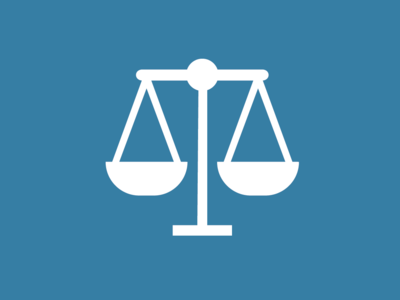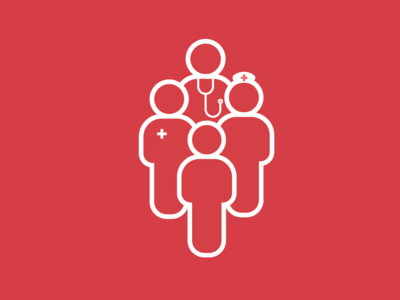Part 2 - Taking Action to Close Gaps in Cancer Screening
Cancer screening has the potential to save lives and reduce the burden of cancer on individuals, families, communities, and the nation. While many in the United States benefit from cancer screening, too many are left behind, resulting in unnecessary suffering and death. Strategies and tools needed to address the current gaps in cancer screening and follow-up care after an abnormal screening test result are available, but they must be innovatively and collaboratively applied to equitably reach all populations.
President's Cancer Panel Goals and Recommendations
In this report, the Panel identifies four critical goals for connecting people, communities, and systems to improve equity and access in cancer screening. Implementation of the Panel's recommendations will improve communication, facilitate equitable access, promote team-based care, and harness technology to support patients and providers.
-

Improve and align communication
• Conduct large- and small-scale communications campaigns
• Create and expand National Cancer Roundtables -

Facilitate equitable access
• Provide and fund community-oriented outreach and support
• Increase access to self sampling -

Strengthen workforce collaborations
• Empower healthcare team members
• Expand access to genetic testing and counseling -

Create effective health IT
• Create computable guidelines
• Create and deploy clinical decision support tools